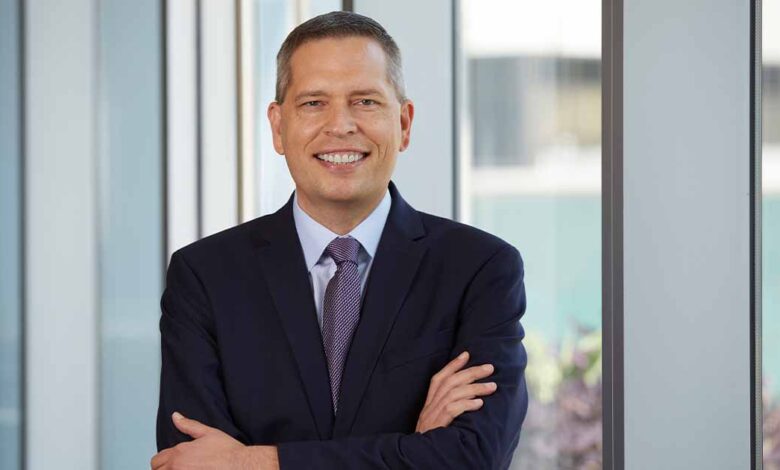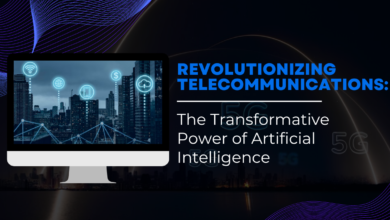Cedars-Sinai CIO’s tips to ensure genAI is fair, appropriate, valid, effective and safe

Craig Kwiatkowski, senior vice president and CIO at Cedars-Sinai, and his team have been pushing the famous health system forward in the realm of artificial intelligence.
Their most prominent accomplishment has been the AI-powered virtual primary care app Cedars-Sinai Connect. Launched in fall 2023, the app already has increased primary care capacity by 11% – the equivalent of building three new clinics. It has helped more than 6,900 patients – from San Diego to Sacramento – access care through more than 9,200 virtual visits.
But that’s just one of the AI accomplishments. Kwiatkowski, who holds a pharmacy doctorate, is steeped in the technology, finding ways to improve outcomes, enhance patient and provider experience, and reduce clinician burnout.
Following is the eighth interview in our series on top voices in health IT discussing AI. In this, part one, we talk with Kwiatkowski about his views on hot topics in AI in healthcare overall. Tomorrow, in part two, we discuss AI projects at Cedars-Sinai.
Q. How do you decide whether to build or buy AI, and what are the biggest challenges in integrating AI technologies into existing systems?
A. The build-versus-buy question is situation-dependent, and we start by looking at each with a fresh eye, trying to understand the problem we’re trying to solve. And where possible, we like to look for solutions within our existing systems and platforms.
So, we’re an Oracle shop for our ERP and we’re an Epic shop for our EHR. If the workflow is enabled in one of those platforms, typically we’re going to work with that functionality where we can. And those vendors and other large vendors are building a nice roadmap of tools, and we want to lean into those where we can.
An example might be from Epic. We’re beginning to use the in-basket message response technology, which is something others are using as well, where a draft gets queued up for the physician to further edit and send.
Another one we’re beginning to work on is chart summarization capabilities, which uses AI to sort through all of the information within the chart and start a course note or perhaps even a discharge note. Within those vendor solutions, what we’re trying to solve for is physician burnout and well-being.
If that isn’t well solved for with one of those platforms or solutions, we’re going to look to other vendors to support a solution and we’ll consider whether to build something ourselves. There’s obviously a lot of variables in that decision and maybe too many to talk through here, but thematically, the key variables there would center on resource capabilities and availability, feasibility, and efficiency.
We can sometimes buy our way into accelerating capabilities. Ambient documentation solutions are a good example. We’re not going to try to build that ourselves. That would be too difficult, too time consuming and too expensive. But sometimes we are willing to make the investment and build when we perceive a gap within the market, or if it just makes sense for us to do it ourselves.
DIY gives us a bit more control and flexibility to create something tailored to our specific needs. I think as much as we like to think, and folks broadly within healthcare like to think, that we’re getting to a point where healthcare is standardized and scalable, there’s still a lot of bespoke workflows and processes that don’t always lend well to buy, or you buy and you still end up spending a bunch of time on configuration locally.
So, there’s probably going to always be some sort of a trade-off there.
The second part of your question was integration and workflows. I sort of alluded to that, but the more we can do to incorporate these tools into existing workflows, the better we’ll be. Frankly, it’s a non-starter, certainly from a physician standpoint, to take them out of their workflow. No separate logins, no side-by-side portals or dueling screens, no extra keystrokes, ideally fewer keystrokes.
And that’s what’s going to lead to success in integrating and adopting these solutions in the short-term and in the long-term.
And sometimes these solutions, whether we like it or not, just require workflow redesign. There’s no way around it, in some cases. And so, in those cases, we need to have a good “why” story and all the necessary change management to support folks who are going to be most impacted on the front lines.
Q. How are patients and clinicians responding to these tools, and is there more healthcare could be doing to accelerate use or broaden adoption?
A. We’ve been using AI for many years, mainly in the rules-based and machine learning varieties, and we’ve had lots of success incorporating those types of tools within the workflow and good adoption in all sorts of use cases – patient risk predictions, deterioration, length-of-stay capacity, patient flow.
But in terms of the newer generative AI tools, it’s still very early. I think we’re taking a thoughtful approach, as are most around the country, in validating these tools to make sure they’re safe and effective. We’re focusing on organizing our approach around the FAVES principles: fair, appropriate, valid, effective and safe. And making sure we understand how these tools work, and function in the short-term and long-term.
There’s lots we’re still learning in the early innings, so to speak. And we’re examining whether these tools work. And a couple of examples I mentioned. Are the draft in-basket notes complete? Are any keywords missing? Where might context be lost? Where might additional information be inserted that didn’t exist there to begin with? Hallucinations folks are aware of and want to be cautious of.
We’re intentionally throttling adoption a bit, proceeding with caution, to ensure we’re deploying the solution safely and responsibly, which also actually helps from an adoption perspective.
When we build the confidence of the early adopter user community, they can turn into evangelists who help share the story of how these tools work, how they help, and where we might have some opportunities. Having peers who can share that information is very useful. Word of mouth, we’ve learned, is an incredibly powerful tool to accelerate adoption or to decelerate adoption.
But there’s certainly a lot of interest in these tools and excitement in their potential. Candidly, I don’t see any silver bullets to solve for many of the challenges we face in the short-term, but there’s incredible potential with these tools, the generative tools, in the intermediate- to long-term. So, it’ll be fun to work through those.
Editor’s Note: This is the eighth in a series of features on top voices in health IT discussing the use of artificial intelligence in healthcare. To read the first feature, on Dr. John Halamka at the Mayo Clinic, click here. To read the second interview, with Dr. Aalpen Patel at Geisinger, click here. To read the third, with Helen Waters of Meditech, click here. To read the fourth, with Sumit Rana of Epic, click here. To read the fifth, with Dr. Rebecca G. Mishuris of Mass General Brigham, click here. To read the sixth, with Dr. Melek Somai of the Froedtert & Medical College of Wisconsin Health Network, click here. And to read the seventh, with Dr. Brian Hasselfeld of Johns Hopkins Medicine, click here.
Follow Bill’s HIT coverage on LinkedIn: Bill Siwicki
Email him: bsiwicki@himss.org
Healthcare IT News is a HIMSS Media publication.



